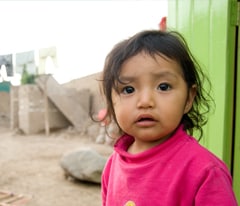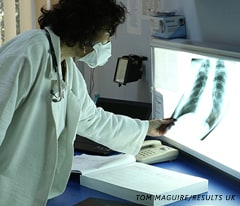Living with HIV – Dying of TB: CDC Accelerates TB Prevention for People Living with HIV
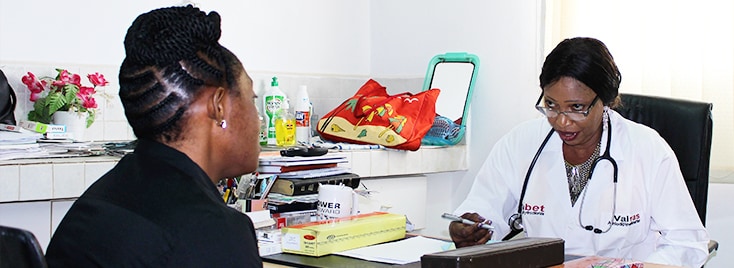
“Today, we have TB preventive therapies that we know work and that can prevent the development of active TB disease. We must move quickly to expand access to these lifesaving treatments. And we must act now.”
– Hank Tomlinson, PhD
Director of CDC’s Division of Global HIV & TB
T
B and HIV are a deadly combination. In addition to being among the top infectious disease killers in the world, tuberculosis (TB) is the #1 cause of death for people living with HIV (PLHIV), accounting for approximately 30 percent of deaths among those living with HIV in 2021. Because of their weakened immune system, people living with HIV are more likely to become infected with TB and develop active TB. In fact, people living with HIV are up to 21 times more likely to develop TB disease than someone without the virus.
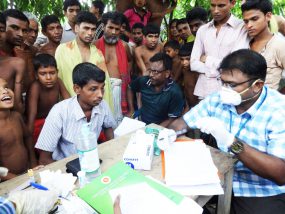
The good news is that we have powerful treatment and prevention tools that can dramatically reduce these dire health outcomes.
Research shows that TB preventive treatment can reduce the risk of developing TB disease in people living with HIV. TPT reduces the number of patients who die in the five years after completing treatment by nearly 40 percent. When paired with antiretroviral therapy (ART), TPT can reduce the risk of death for those living with both diseases – by as much as 80 percent.
The World Health Organization (WHO) began calling for expanded TPT access 20 years ago. Yet, despite being proven effective and affordable, implementation worldwide remains uneven and under-used, keeping this powerful treatment out of reach for millions who need it. According to WHO, only 42 percent of the 38 million people estimated to be living with HIV have been initiated on TB preventive treatment.
CDC Leading the Way to Accelerate Global TPT Uptake
In February 2018, WHO released guidelines calling for expanded TB testing and preventive treatment globally. Recognizing the urgent need to accelerate the global response to these dual epidemics, CDC, through the President’s Emergency Plan for AIDS Relief (PEPFAR), launched an intensified initiative aimed at scaling up TPT in countries with a high burden of both TB and HIV.
Building on existing PEPFAR platforms around the world, CDC continues to scale up TPT to more people living with HIV. The agency continues to develop and refine approaches to reach children who are eligible for the treatments, as young children are up to ten times more likely to develop severe TB disease after infection and benefit greatly from TPT after exposure to TB.
Goals set during the 2018 United Nations High-level Meeting on TB called for 4 million children with TPT. However, the latest data from 2022 shows only 40% of the children have been reached – highlighting the critical need for more work to protect contacts and young children from this potentially deadly disease.
“Today, we have preventive treatments that we know work and that can prevent the development of active TB disease,” said Hank Tomlinson, PhD, Director of CDC’s Division of Global HIV & TB. “We must move quickly to expand access to these lifesaving treatments. And we must act now.”
To address the critical need, Heads of State will gather in New York on September 22, 2023, for the United Nations (UN) General Assembly’s High-Level Meeting (UNHLM) on Tuberculosis to revisit the global targets established during the inaugural UNHLM on Tuberculosis in 2018 and sign a political declaration that reaffirms international commitments to end TB by 2030.
To amplify our efforts, this year, CDC, Stop TB Partnership, and CDC Foundation will co-organize a UNHLM TB Side Event on September 21, focusing on increasing access to TPT. The event, “Preventing TB to End TB,” will highlight the urgent need to increase access to effective TB prevention as a critical and lifesaving intervention that protects the health of at-risk populations. This year’s UNHLM provides a unique opportunity for the global community to commit to preventing TB for those most at risk and will lay the groundwork to achieve the ambitious goal of reaching at least 45 million people with TB preventive treatment.
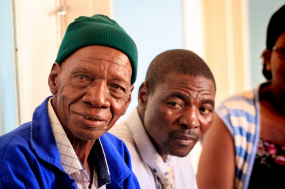
CDC’s Broader Efforts to Fight HIV and TB
CDC works hand-in-hand with more than 25 high-burden countries, to find, cure, and prevent TB, and in 46 countries and regions delivering antiretroviral therapy (ART).
CDC is also leading efforts to expand HIV testing for TB patients and intensify routine TB screening among those living with HIV. In 2022, CDC supported TB screenings for 10.2 million people with HIV. Contributing to PEPFAR’s impact, from 2017-2022, CDC supported the initiation of 7.6 million people living with HIV on TPT, including nearly 400,000 children.
“Ending these epidemics demands that we, as a global community, expand our efforts. TB preventive treatment is an effective, low cost, high-impact intervention that can save lives,” said Anand Date, MD, MBBS, and Chief of the Global TB Branch in CDC’s Division of Global HIV & TB. “Without action, we risk undermining the progress we’ve made against this deadly dual epidemic.”
Read more about CDC’s efforts to find, cure and prevent TB around the world:
